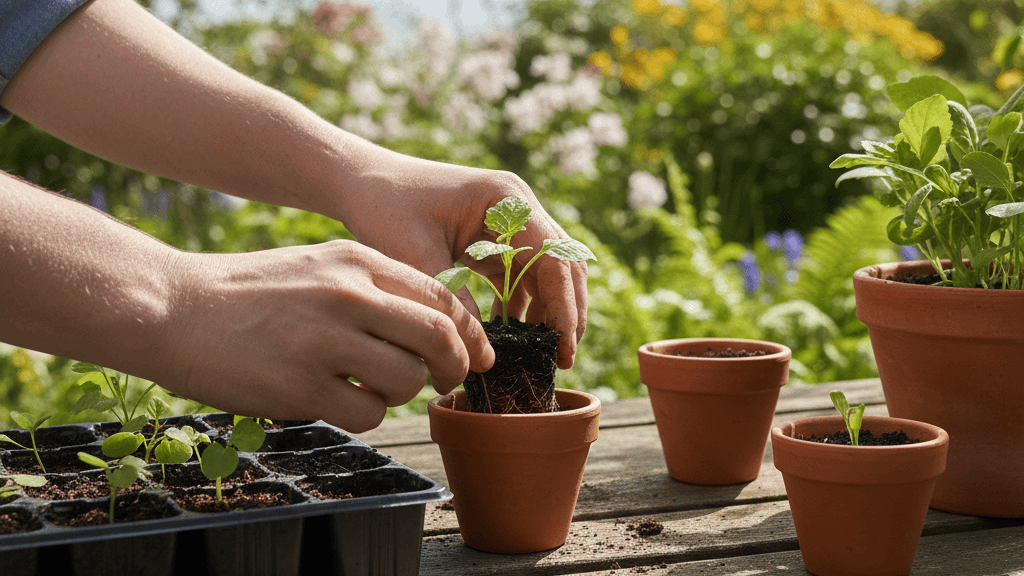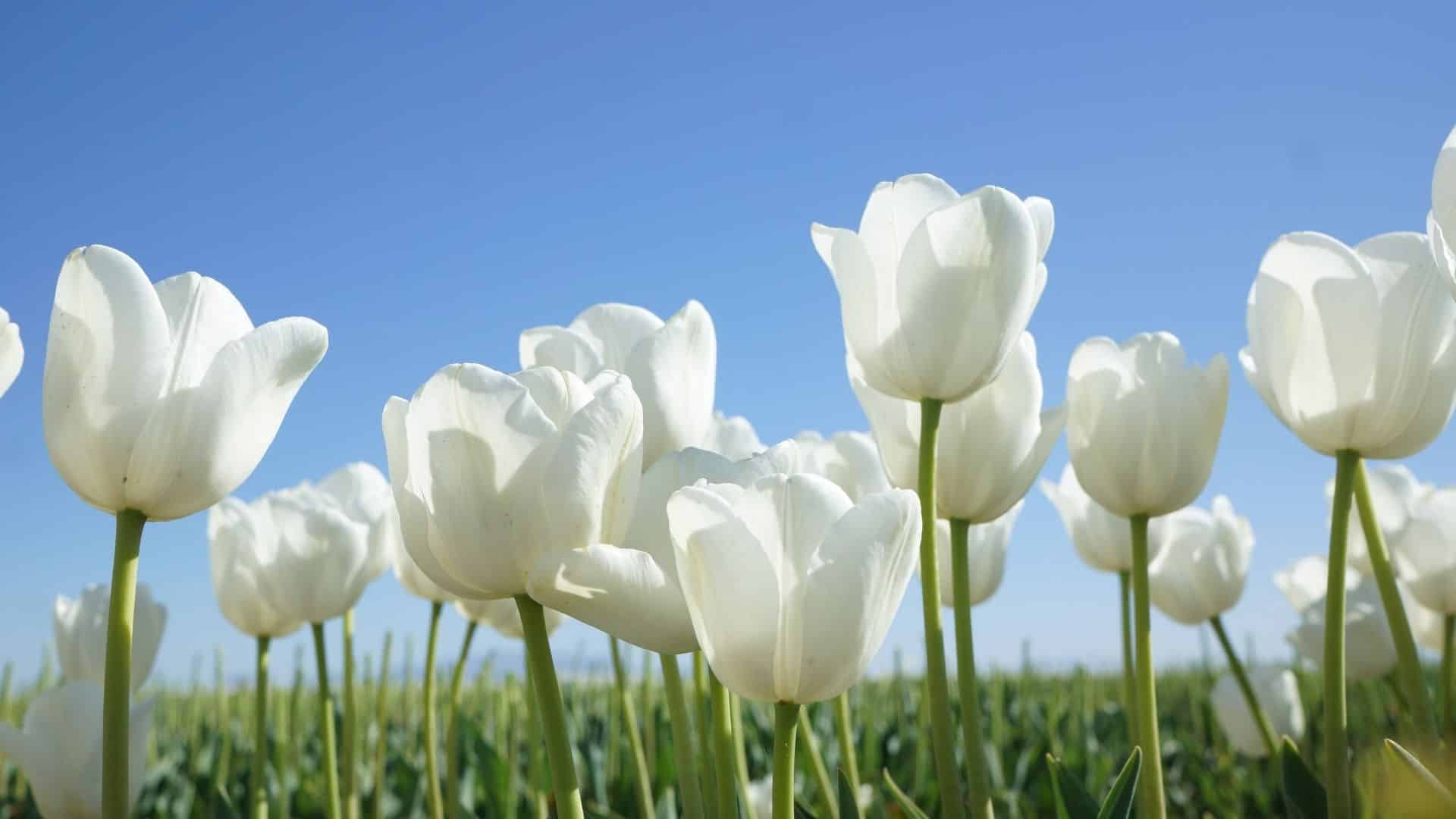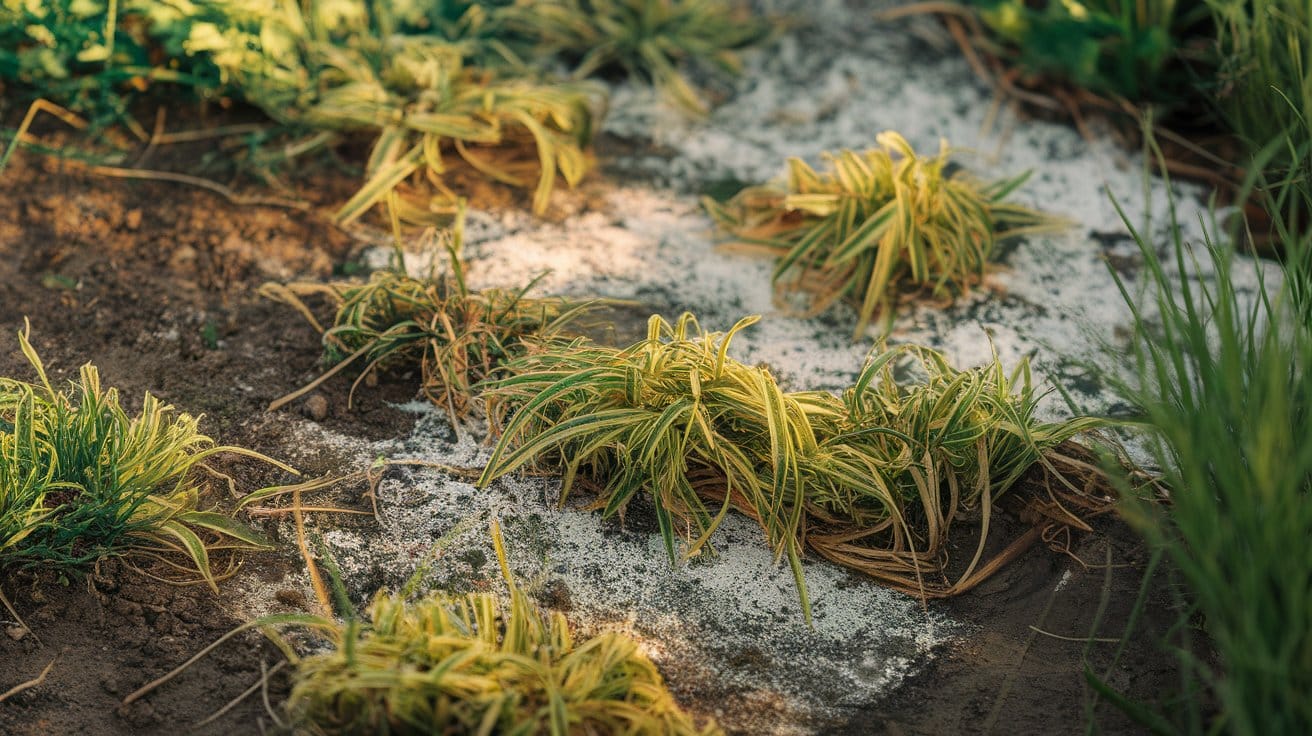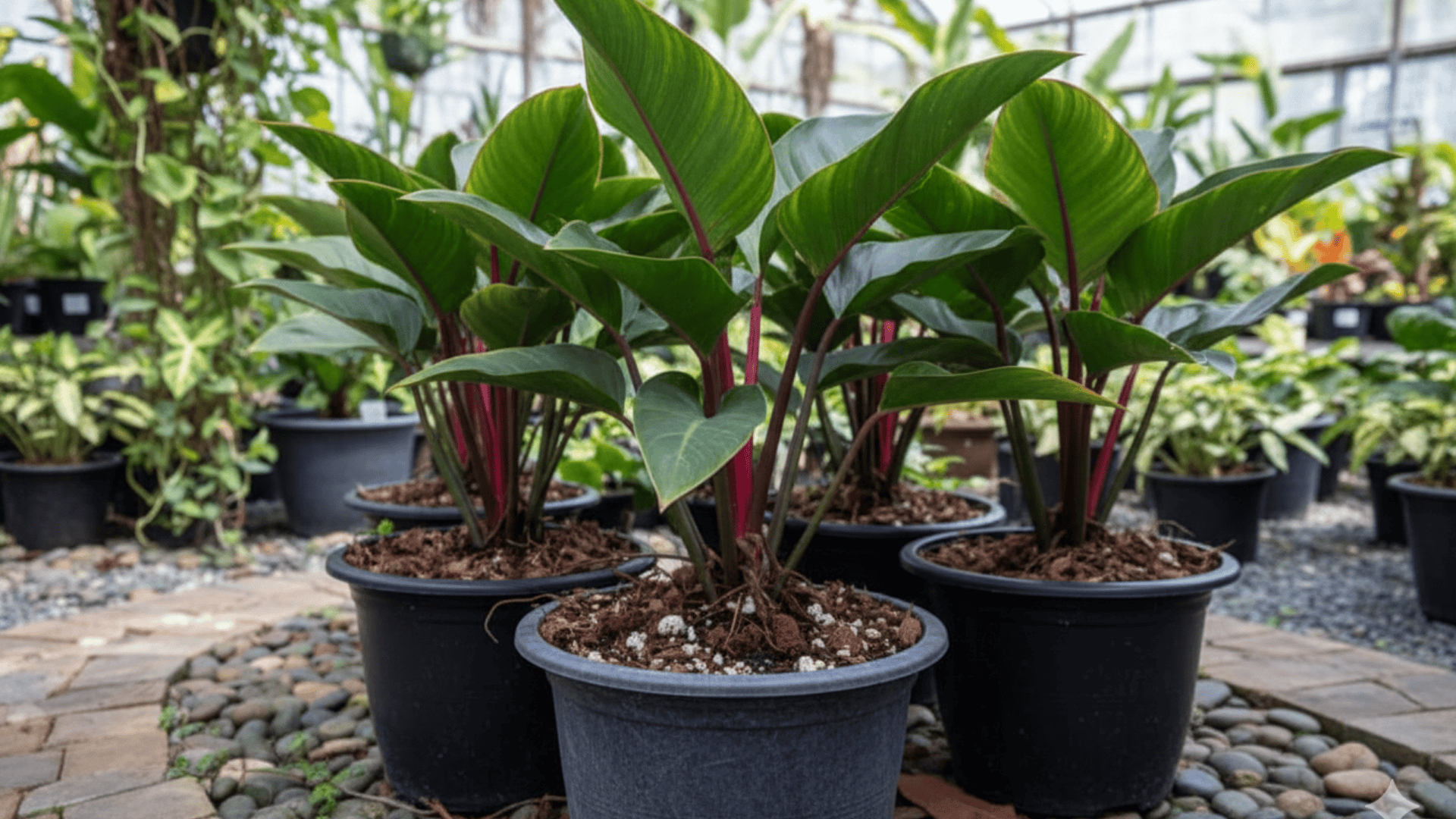When I started gardening, I quickly saw how delicate young seedlings could be once they left the comfort of a windowsill.
Many of them wilted or stopped developing after their first day outside.
That is when the importance of hardening off plants became apparent, a gradual process that helps them acclimate to their natural surroundings safely.
It may sound simple, but this step often determines that plants flourish or fail.
In this post, I’ll explain what hardening off means, when to begin, and how to do it properly so your young plants can thrive once in the garden.
Hardening Off Plants: Meaning
Hardening off plants means preparing indoor starts for life outside through measured exposure to light, wind, and shifting air patterns.
Inside, conditions are steady and gentle; outdoors, they’re unpredictable.
Introducing these elements slowly helps plants gain endurance and balance.
As stems firm up and leaves toughen, they regulate moisture and energy more efficiently.
I’ve seen gardeners skip this stage and lose weeks of progress when their young plants collapse under direct sunlight.
Proper hardening off plants builds durability and steadiness, helping new transplants continue healthy development once placed in soil.
If you begin your hardening off plants indoor process correctly, you’ll find that plants adapt faster once they experience natural sunlight and airflow.
When And Why To Harden Off Seedlings?
Following a steady hardening-off plants timeline ensures that seedlings gradually build resilience and face fewer setbacks when planted outside.
When To Start Hardening Off Plants?
- Timing: Begin about one to two weeks before transplanting to give plants time to adjust without halting progress.
- Weather: Choose calm, mild days with daytime warmth above 50°F and no frost threat. The safe temperature to harden off plants outdoors is generally above this mark, as sudden cold can damage tender leaves.
- Exposure: Start in partial shade, then increase light and air circulation each day to build tolerance.
- Conditions: Avoid strong wind, heavy rain, or midday heat that can over-stress tender growth.
- Transplanting: Move them to the garden permanently once they stay upright through full days and cooler nights without drooping.
What Are The Four Steps Of Hardening Off?
Before transferring plants into the garden permanently, I follow these four essential stages of hardening off plants.
Each one focuses on steadiness and stamina, helping young growth handle sun, air, and daily changes with ease.
1. Gradual Exposure

Start by placing your plants outside for one to two hours in a shaded, sheltered area.
This short period introduces them to outdoor air and indirect sunlight carefully.
Pick calm weather to avoid sudden changes.
This stage encourages stronger tissue formation and balanced root activity, setting a solid foundation for later endurance.
2. Incremental Increase

Each day, extend outdoor time and move plants toward brighter light while avoiding harsh midday sun.
Consistency allows slow, safe progress.
As you continue hardening off plants, their tissues firm up, improving both flexibility and internal water flow.
I’ve noticed that when this stage is rushed, leaves appear pale, but steady expansion deepens color and balance.
3. Extended Stay

By the fifth or sixth day, leave plants outside for most of the day.
Let them experience soft breezes for natural conditioning, but protect them from strong gusts or rainfall.
I usually keep trays near a wall or fence for gentle shelter.
This step fine-tunes resilience and moisture control, allowing plants to sustain stable progress before final placement.
4. Full Day And Overnight Test

Once plants manage a full day comfortably, it’s time for the last trial: leave them out for 24 hours, including overnight.
If they remain vibrant the next morning, they’re ready for transplanting.
This closing phase completes the hardening off plants process, ensuring your starts can handle temperature shifts, open air, and natural soil conditions.
The best way to harden off plants is to stay consistent with these stages and avoid skipping days, as steady exposure is more effective than long, uneven bursts of outdoor time.
Alternative Methods For Hardening Off Plants
If you prefer a simpler way to transition your plants outdoors, there are low-maintenance alternatives that still encourage strength and resilience.
Here are a few I’d recommend.
-
Use A Cold Frame: Keeps plants sheltered while letting in sunlight and fresh air, reducing the need for daily supervision.
-
Try A Shaded Porch: Set seedlings under partial cover where they naturally adjust to outdoor light and airflow.
-
Use Row Covers: Lightweight fabric protects young plants from wind and direct sun while allowing gradual conditioning.
-
Move Plants To A Garage Or Balcony First: A semi-exposed spot helps indoor seedlings adapt gently before full outdoor life.
-
Cluster Plants Together: Grouping them retains warmth and shields against wind, making adaptation easier with minimal effort.
Is It Necessary To Harden Off Plants?

Hardening off plants is essential because it directly impacts how well your young transplants adapt and thrive outdoors.
Here are a few reasons:
-
Prevents Shock: Gradual outdoor exposure helps plants face sunlight, wind, and temperature changes without stress or sudden wilt.
-
Encourages Firm Rooting: Slow adaptation builds stronger, deeper root systems that hold better in garden soil.
-
Improves Leaf Health: Conditioned plants keep their color and texture steady instead of fading or burning under full sun.
-
Balances Water Use: Proper hardening improves moisture control, so plants stay upright and hydrated throughout the day.
-
Saves Recovery Time: A few days of preparation prevent weeks of delayed growth and ensure smoother transplant success.
If you’ve ever asked how long it takes to harden off plants, the general answer is about seven to ten days, long enough for plants to adapt but short enough to keep growth steady.
How Do You Know When Your Plants Are Hardened Off?
When hardening off plants is done correctly, certain signs show they’re ready for the garden.
I usually look for these indicators before transplanting, as they reflect both readiness and durability.
Stem Firmness: Stems should stay upright and stable, even in light wind. Bending easily means the process needs more gradual time outdoors.
Leaf Texture: Leaves should feel thicker and slightly rougher, signaling they can handle direct sun and moving air without drying.
Color Uniformity: Leaves should stay a steady green after full-day exposure. Any fading shows they need a few more days of transition.
Cool-Night Endurance: Plants that remain steady through mild cool nights near 50°F are garden-ready. If nights drop lower, I bring them in or lightly cover them.
24-Hour Stability: Once plants stay firm and bright after a full outdoor day and night, the hardening off plants process is complete, and they’re ready for transplanting.
Key Takeaways
Remember: Strong roots and steady growth begin with care.
|
Key Ways to Remember
|
- Hardening off helps seedlings adapt to sunlight, wind, and temperature changes.
- Start 1–2 weeks before transplanting with short outdoor sessions.
- Gradually increase exposure to build strength and endurance.
- Avoid harsh conditions and ensure plants stay firm after a full day outside.
- Consistency ensures healthy, adaptable growth.
Let your seedlings breathe, grow, and adjust at their own pace; patience pays off in the garden. Each careful step now brings lasting rewards later without hardening it off.
If you’ve practiced this yourself, share your approach in the comments to help other gardeners succeed this year.
Frequently Asked Questions
Can You Harden Off Plants Quickly?
Yes, you can harden off plants quickly by extending outdoor exposure hours daily while keeping them sheltered from harsh sunlight and wind to ensure faster yet safe adjustment.
How to Harden Off Seedlings when you Work Full Time?
To harden off seedlings when you work full-time, place them in a shaded outdoor area before leaving and bring them in after work to maintain steady daily exposure and adaptation.
How to Harden Off Seedlings with Shade Cloth?
Simply cover the seedlings lightly to filter sunlight and reduce heat, while gradually increasing daily exposure until plants adjust to full outdoor conditions.















